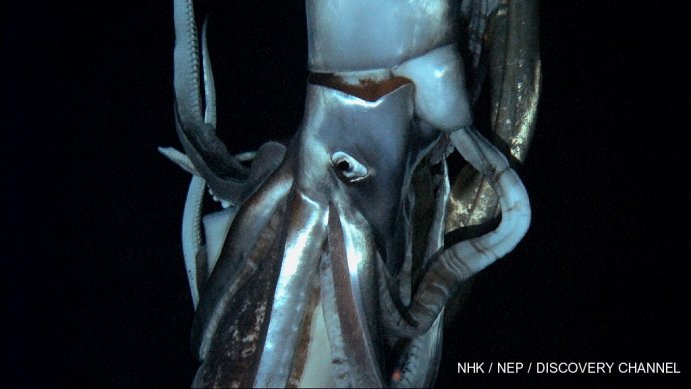(Photo: US Naval Institute)
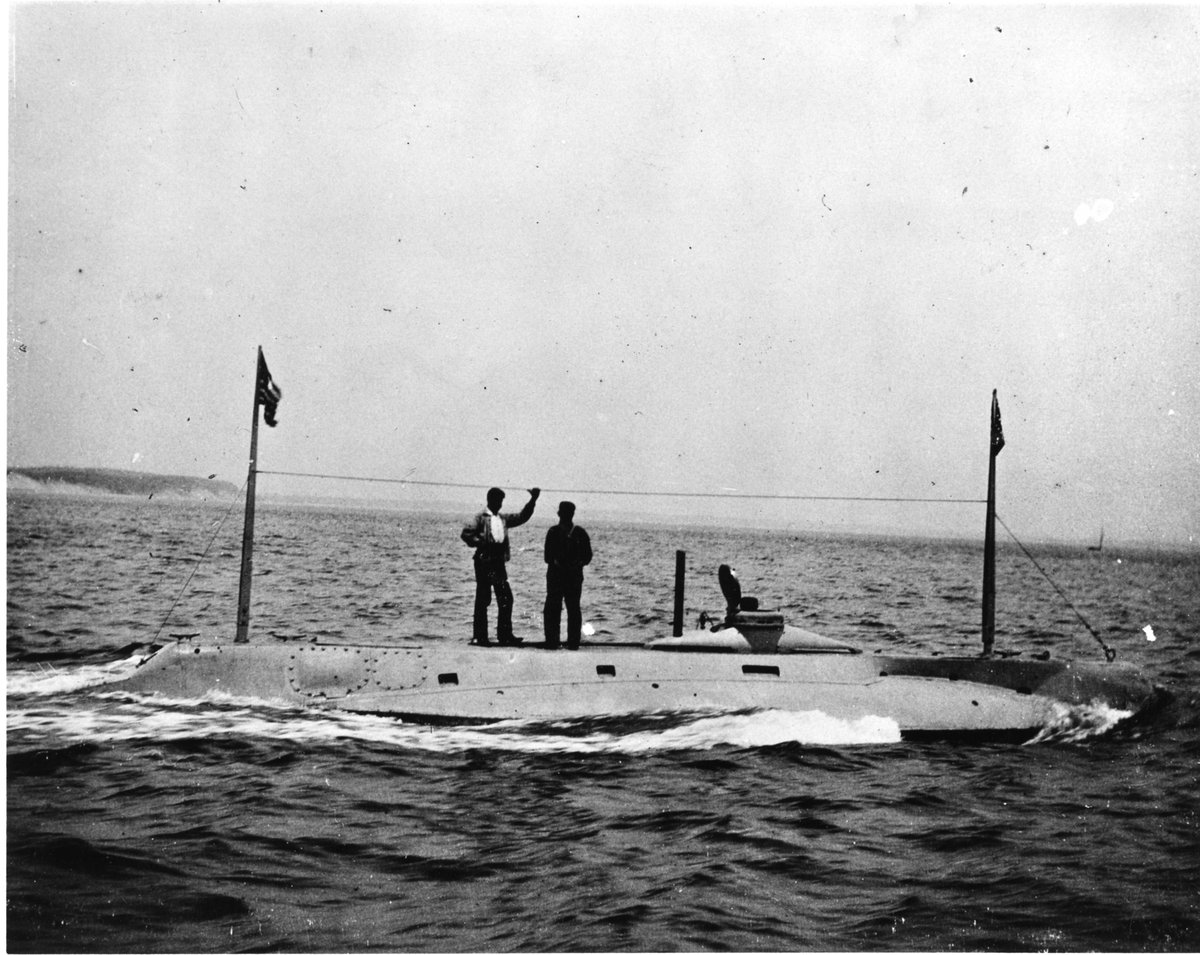
(Just so you know, this was a big deal. He was opposed rather vehemently. Though he was wrong on a lot, he got some stuff right and led to the theory of plate tectonics!)
(Photo c/o NOAA Photo Library)
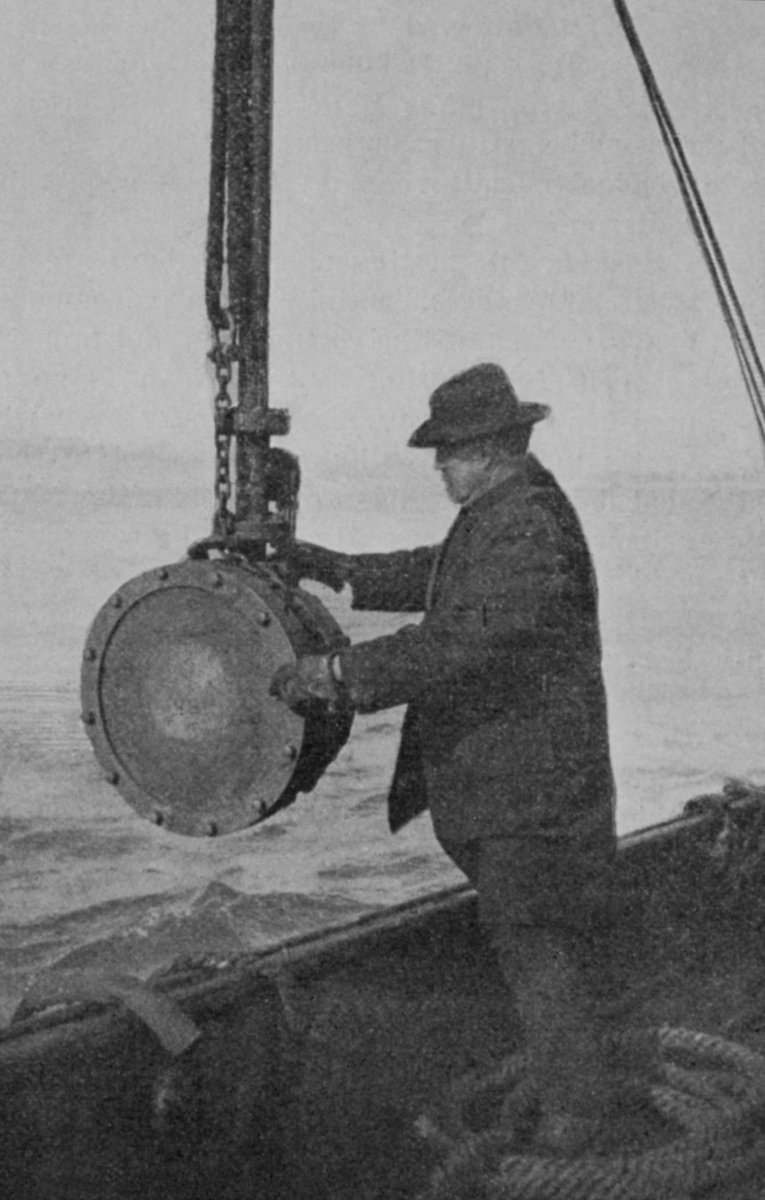
(Photo: NOAA Photo Library, photolib.noaa.gov/htmls/ship3020…)
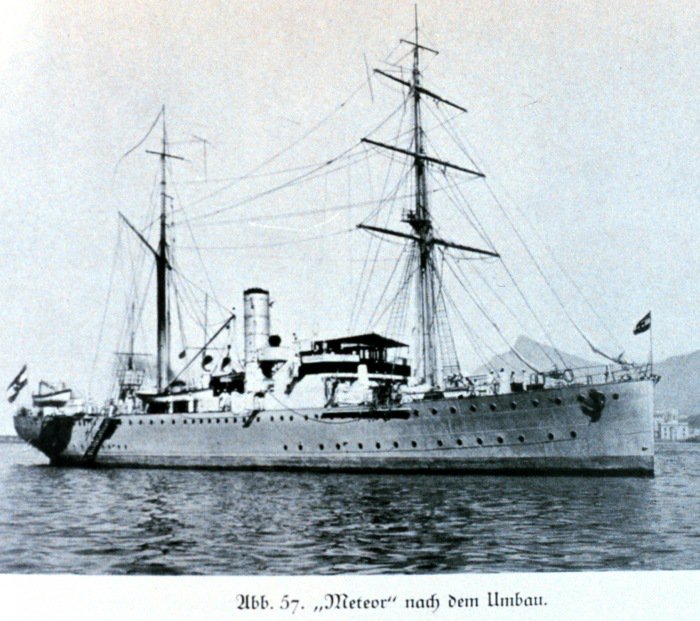
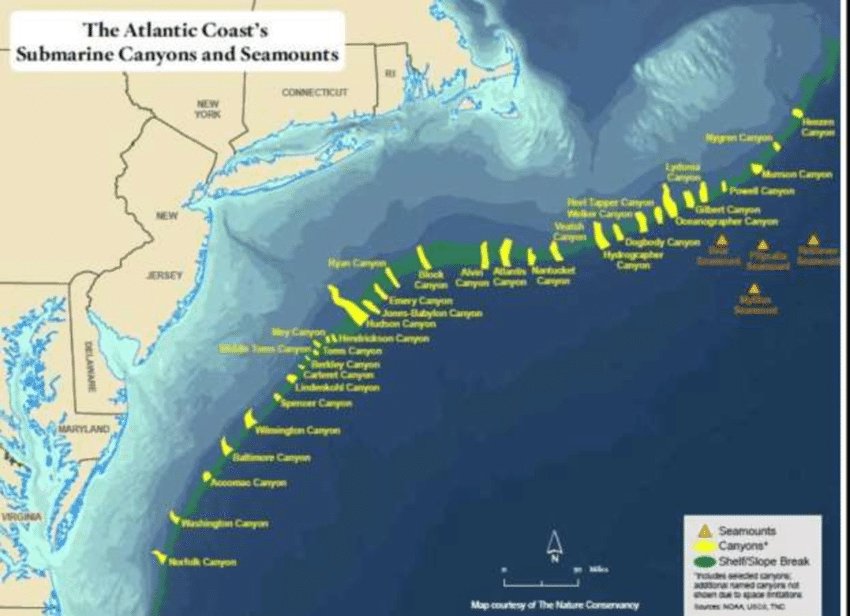
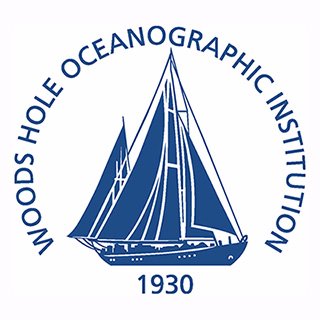
(Photo: Wildlife Conservation Society; NOAA)

(Photo: Navigation lattice in W. Aleutians, 1945. NOAA Photo Library)
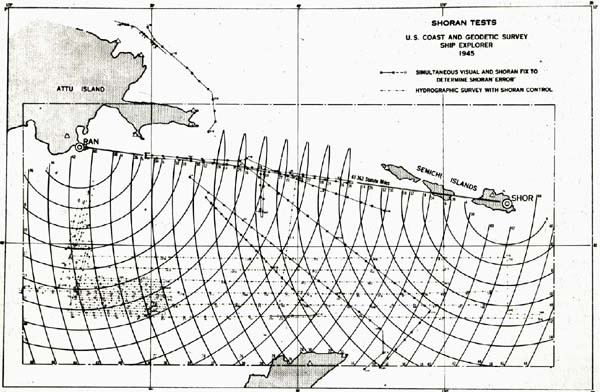
(Photo: Advertisement for the Aqualung from 1958)
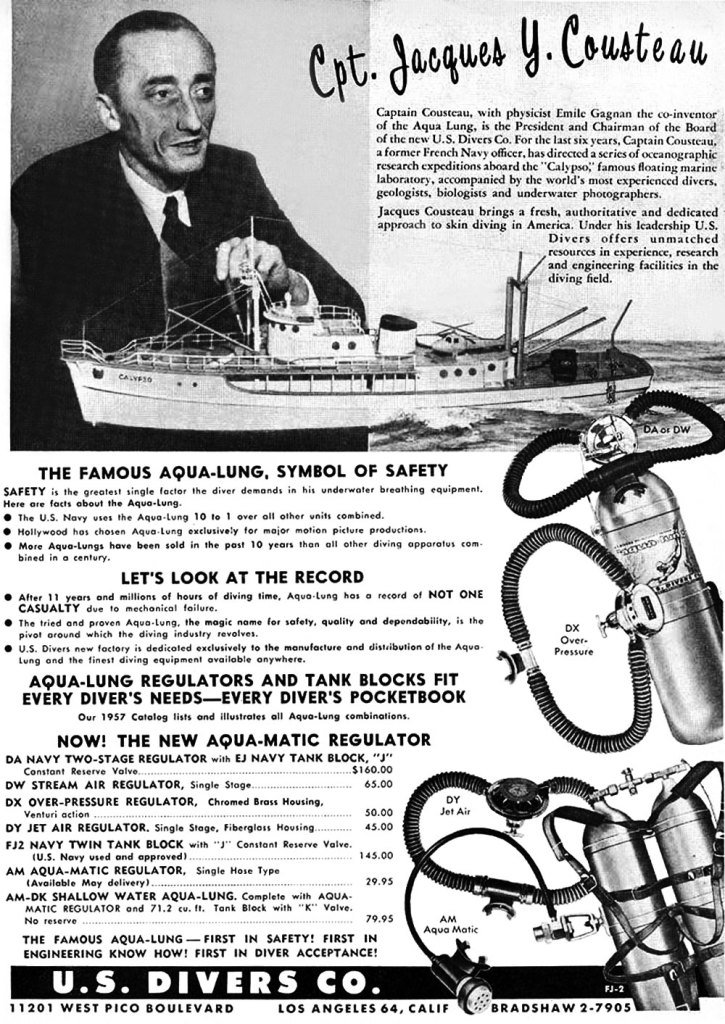
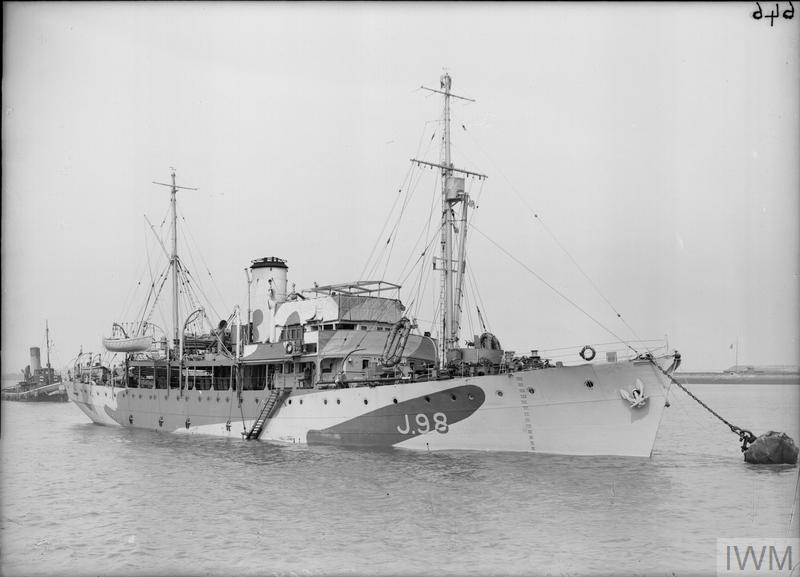
(Photo: Lamont-Doherty Earth Observatory; estate of Marie Tharp)
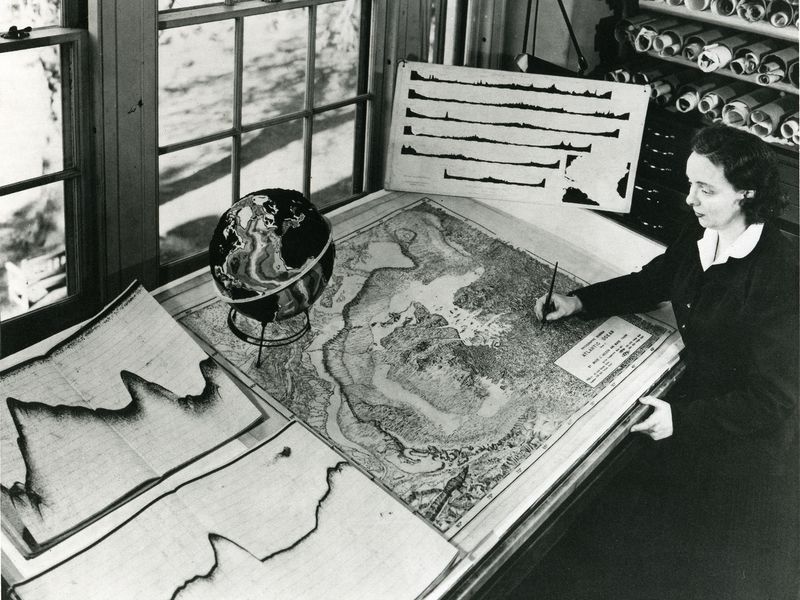
(Image c/o Library of Congress)
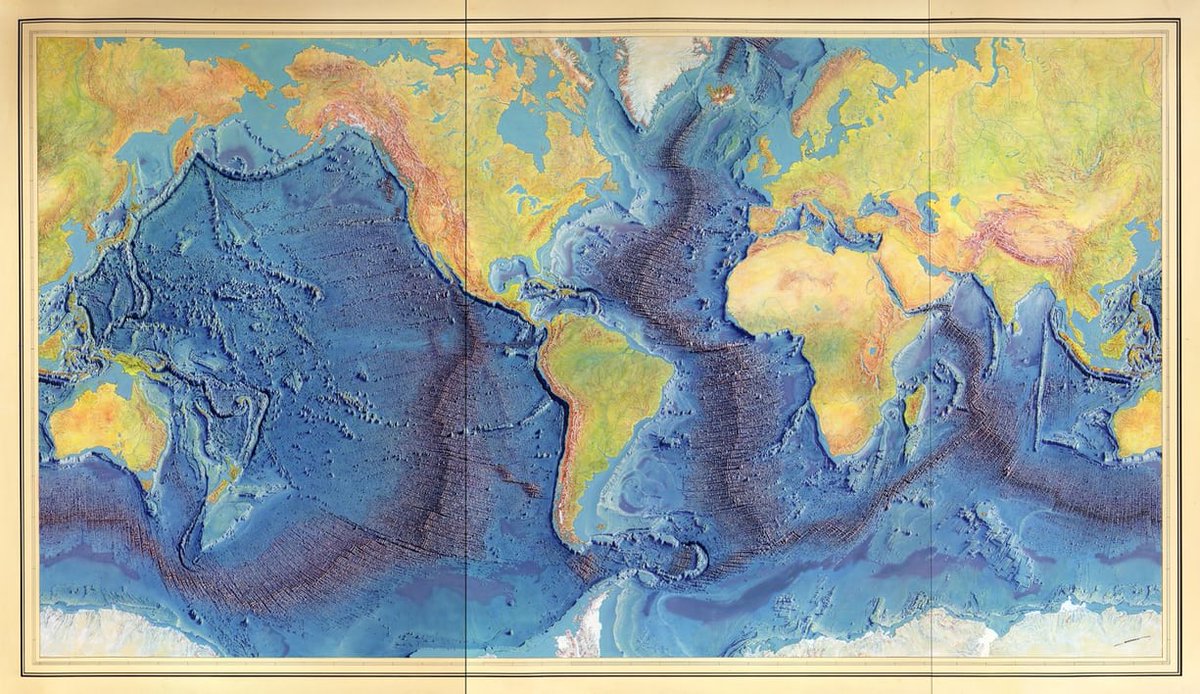
(Photo: NOAA Photo Library)
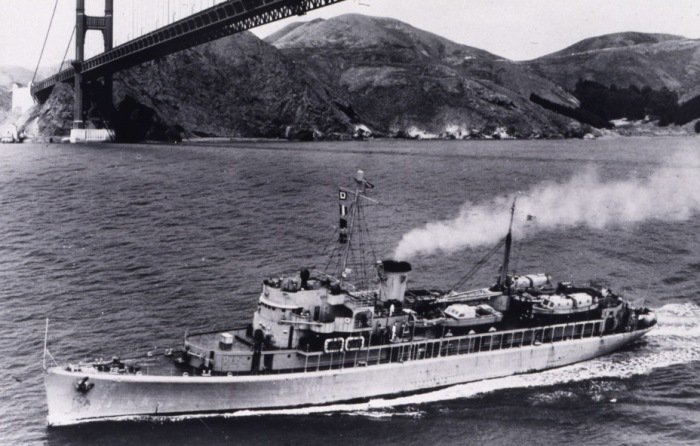

(Photo: Trieste prior to its historic dive. Thomas J. Abercrombie, National Geographic Society)
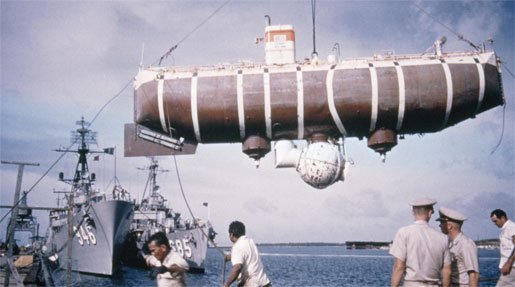
(Photo: From USS Compass Island Welcome Aboard handout)
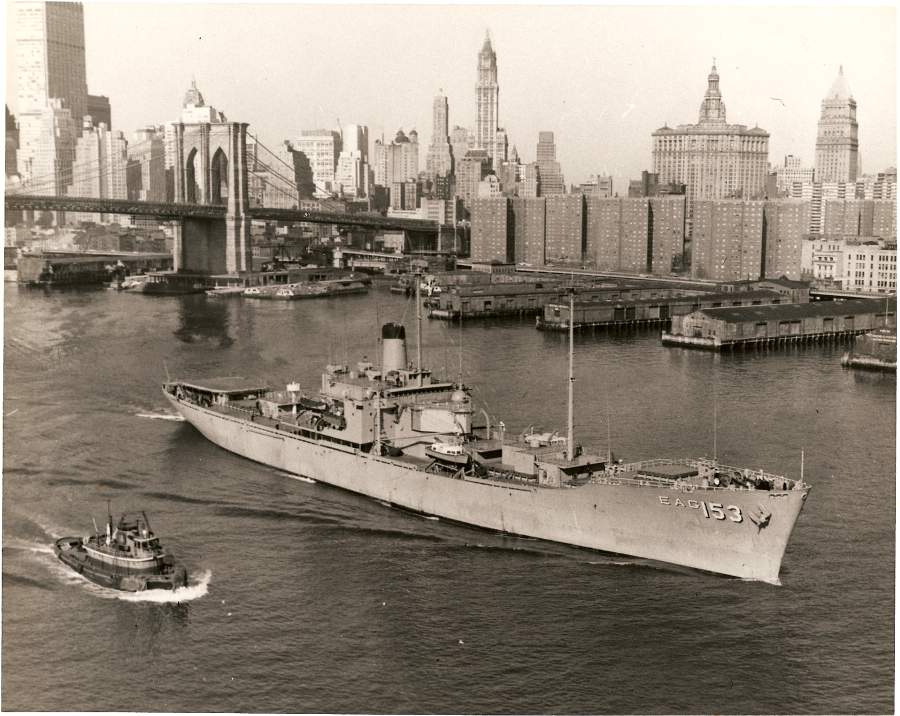

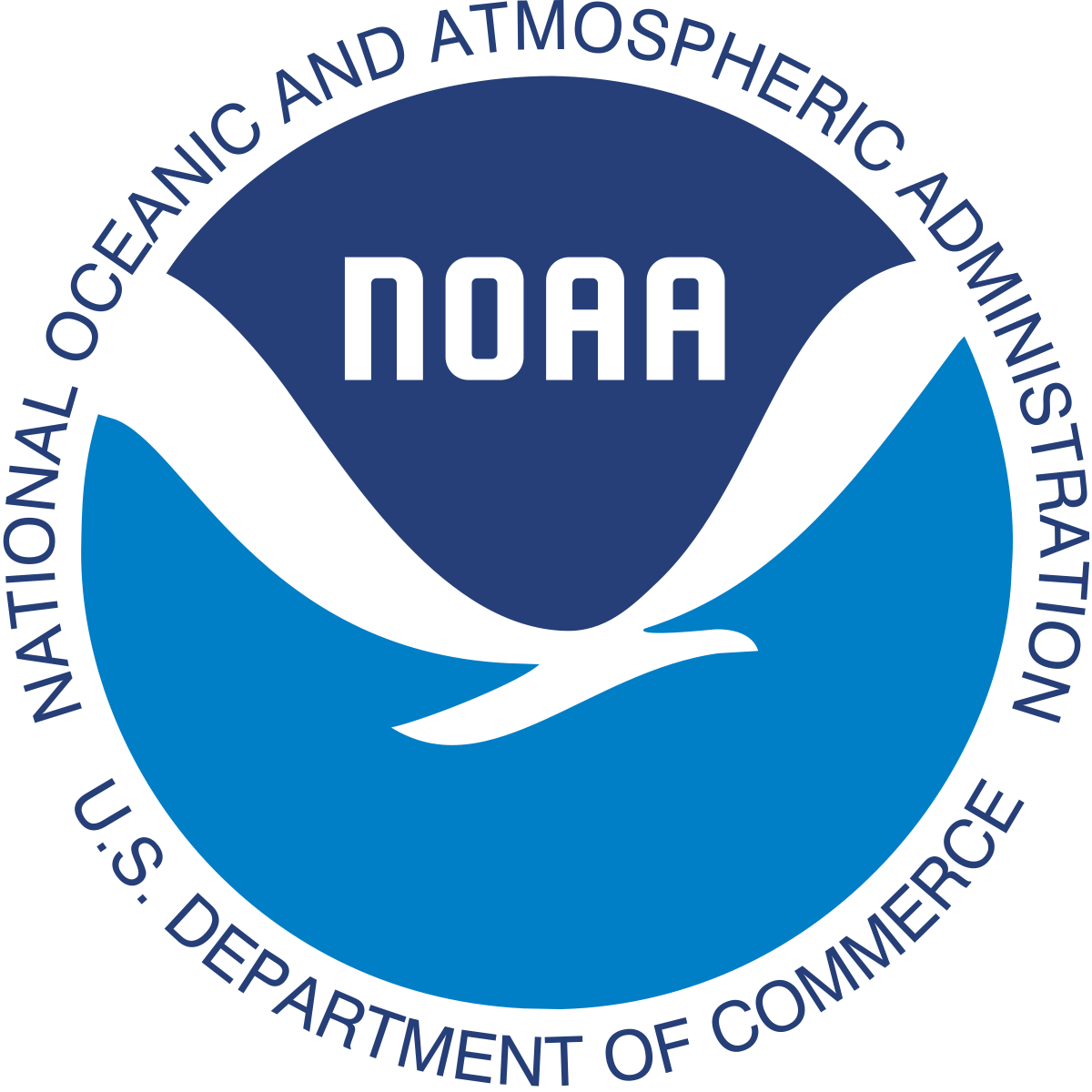
(Photo: Earle during the 1970 project. C/o AP)
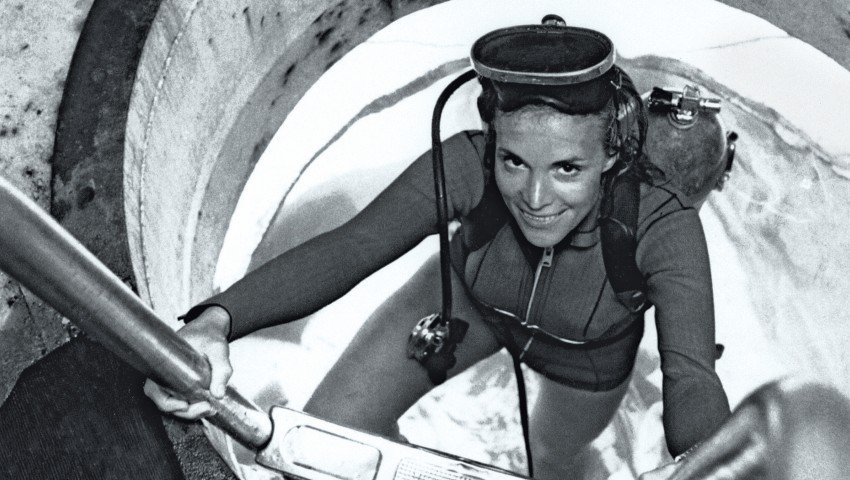
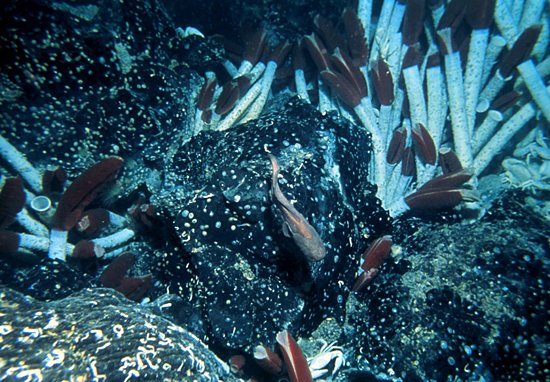
(Photo: Chuck Nicklin, National Geographic Creative)
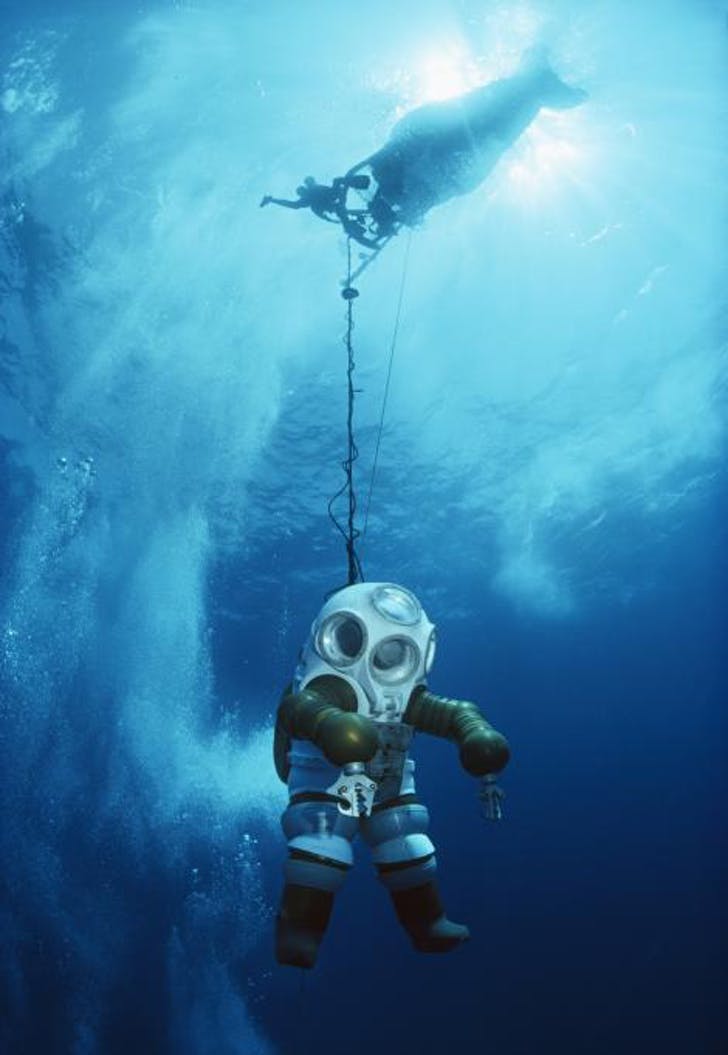
(Photo: history.com/topics/titanic…)
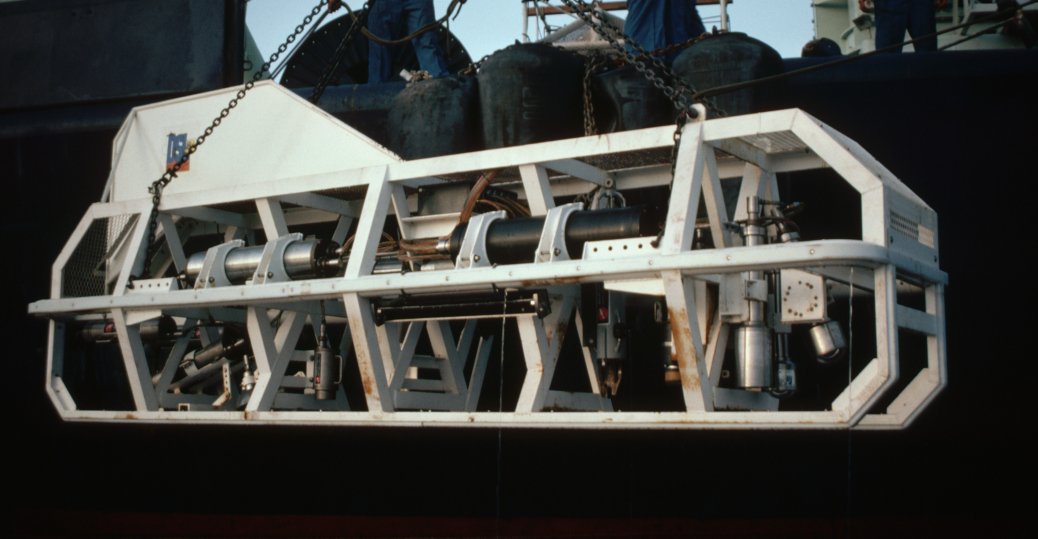
(Photo: JJ peering into a Titanic stateroom, c/o WHOI)

(Photo: WHOI)
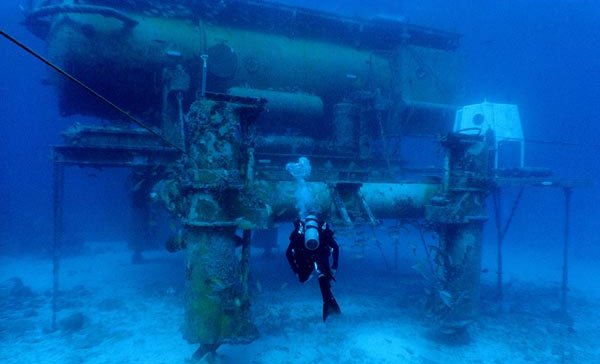
(Graphic c/o NASA/JPL)
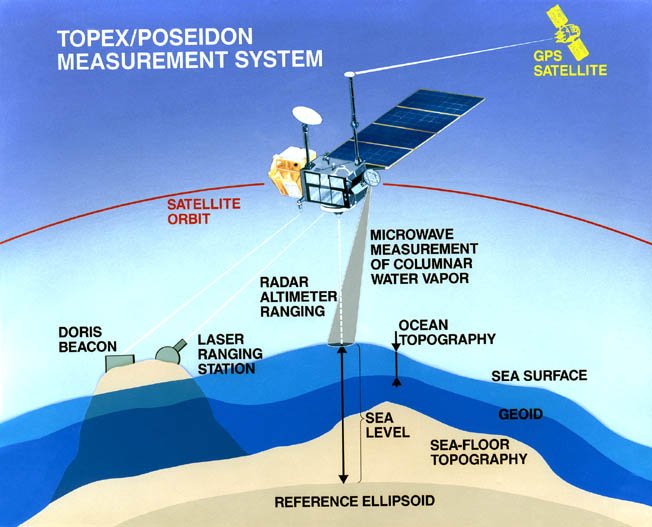
(Map c/o UCSD, Walter Smith, Dave Sandwell)

(Photo: SOC)
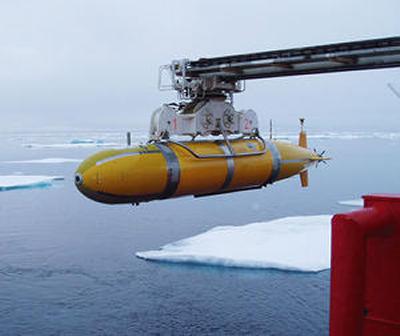
(Photo: NOAA)
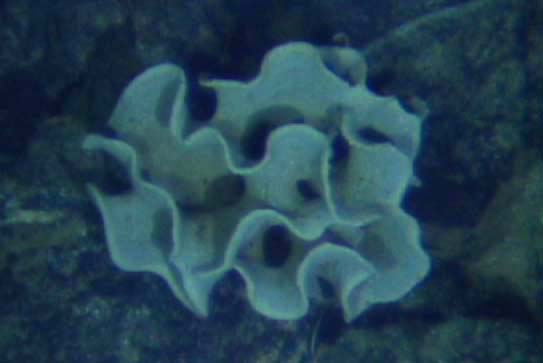
(Photo: Mark Thiessen/National Geographic)
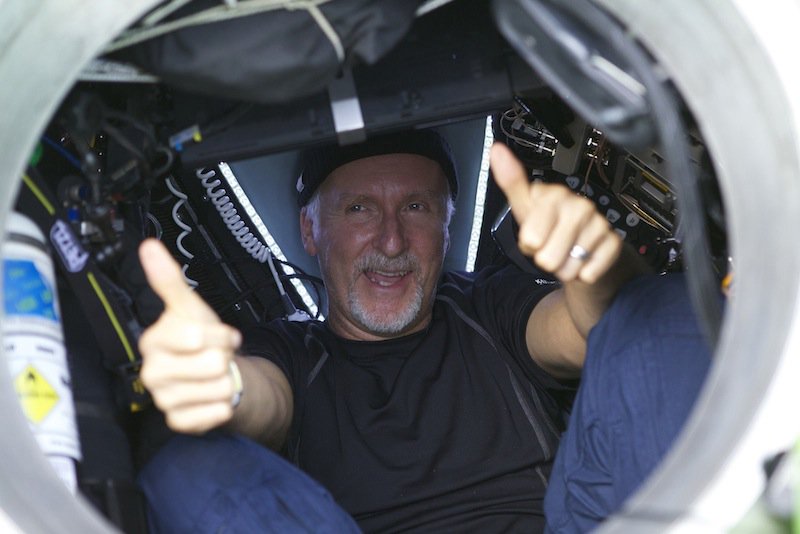
(Photo: NHK/NEP/Discovery Channel)
